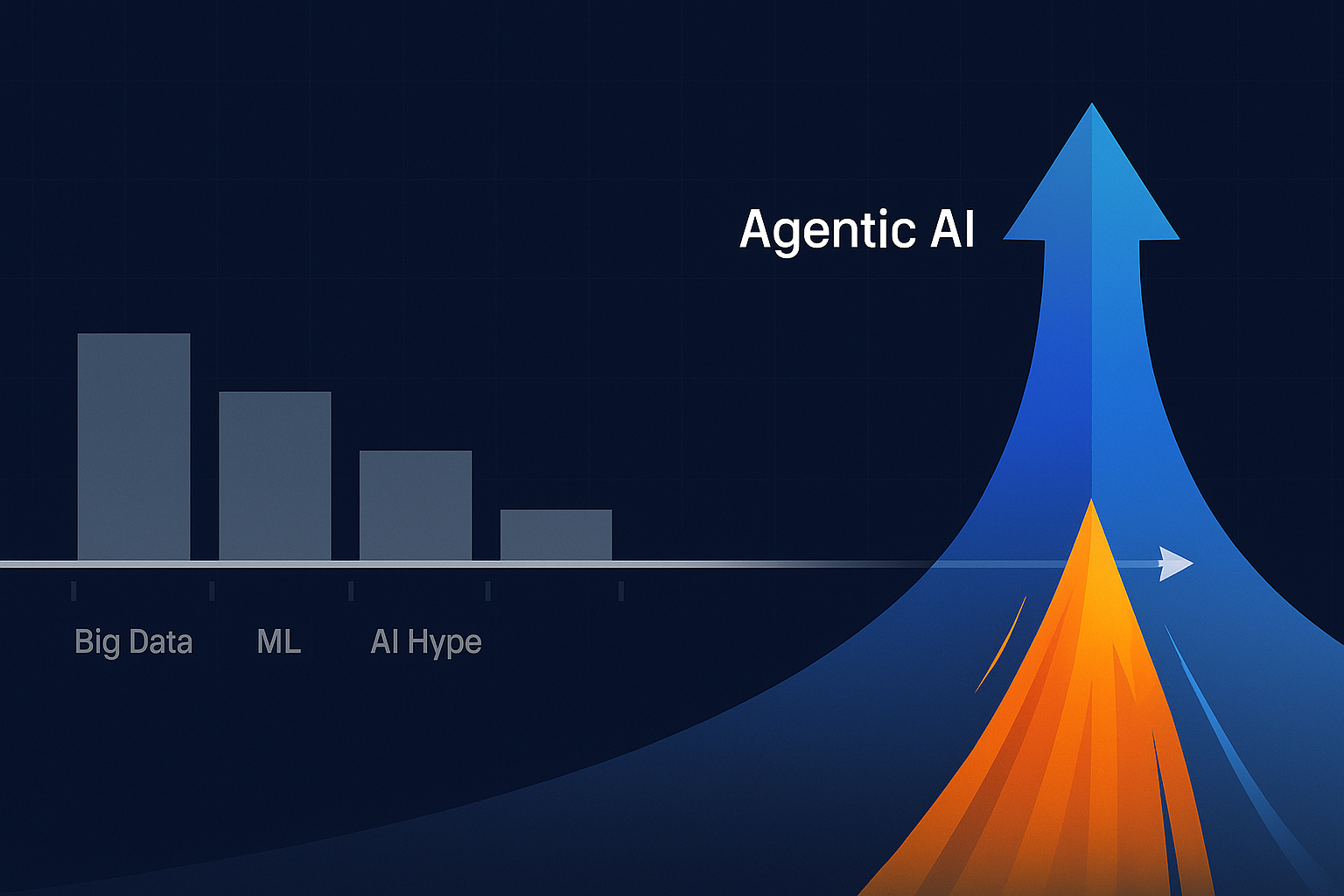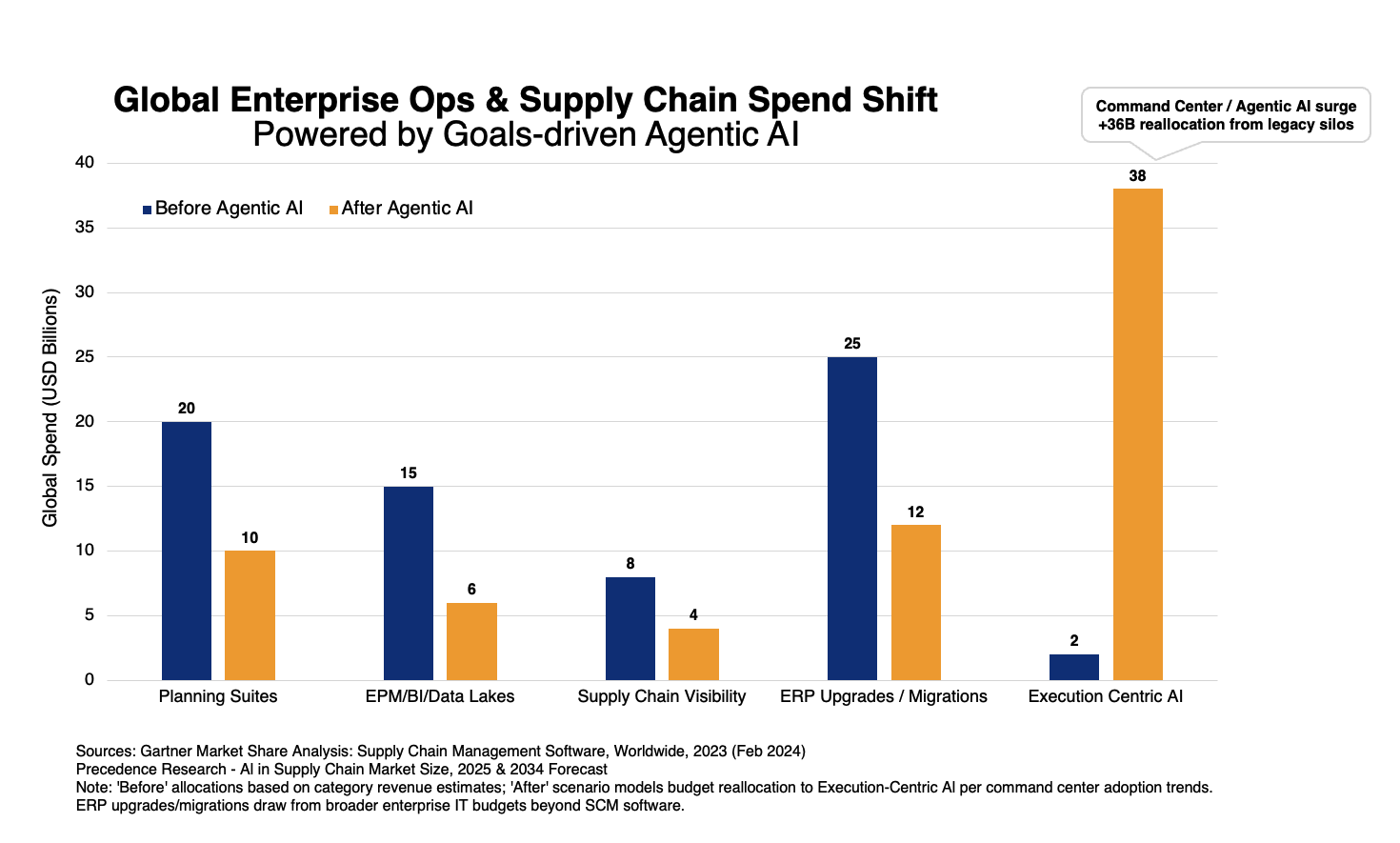Connecting the Dots: Milestones in Contextual Information Discovery at OpsVeda
A few milestones from a never-ending journey. Information assimilation has always relied on context and there are few domains where contextual interpretation of information is more important than supply chain operations.
Information assimilation has always relied on context. From ancient Egyptian hieroglyphs to interpreting encrypted messages during wars to results/recommendations in applications like Google & Amazon, context has and continues to play a huge role in information discovery.
There are few domains where contextual interpretation of information is more important than supply chain operations. Given the huge number of internal and external factors that affect operations, any data analysis without context is likely to lead to erroneous conclusions.
For example, a rise in sales in a particular month could be due to better stock availability, promotions, issues with a competitor, a temporary/permanent change in buyer behaviour or several other reasons. All along, managers and IT tools have attempted to overlay such contextual information with the data/measure that they review. However, almost all such manual interventions at contextualizing data requires significant effort and are prone to errors.
At OpsVeda, we have always been cognizant of the outsized role that context plays in data interpretation for operational decisions. On this front, our offerings over the years have not only been ahead of the market, but have also continuously evolved.
Back when our journey started, just getting the information--even with significant lag--was a big deal for our operations managers. They relied on simple hardwired weekly or overnight reports in systems of record, manually compared them and went with verbal inputs to factor in the external situation. BI was there but was useful only for historic trends. Though it allowed combining data from different departments, latency and lack of context was still a problem.
When customers responded remarkably well to our initial storyboards, the markets mostly credited it to our pioneering push towards real-time data acquisition and processing. In other words, being able to process events in real-time would ensure situational awareness. However, it was only part of the story. Our algorithms were actually the unsung heroes in contextualizing information. Thanks to our algorithms’ ability to assess the situation considering connected supply chain activities, we could ensure that context was front and center in all our storyboards.
A simple example is the way we present demand. Ability to fulfill is overlaid on the open orders so that potential revenue will not be overestimated. The orders are segmented according to the effort and luck needed to fulfill. One end of the spectrum signifies almost certain revenue because the demand can be met by stock on-hand. On the other end, revenue is much more uncertain because of dependencies like expedited inwards and customers agreeing to a later delivery.
Customers loved our storyboards. While usage surged, so did the need for users to update or even create their own storyboards. Business practices and supply chains are diverse, and context for one is sometimes noise for another and vice-versa. So we embarked on what we then called “Domain-Aware-Queries” or DAQs. The idea was to make it easy for users to build their own contextually rich storyboards. Key figures, computed measures, and attributes could be assembled like Lego blocks to make storyboards. Users got to decide what they wanted to track, the context to be overlaid, and the noise to be avoided.
While heavy users such as analysts liked DAQs, to our surprise the reception from the average user was frosty. Despite their familiarity with the business, sifting through countless measures to evaluate a complex supply chain and then deciding on the visualizations and layouts is taxing. The next iteration that followed was JUNI, where users could just mention their need in plain English. JUNI then automatically proposed the contents of the storyboard based on built-in intelligence about process sequences, the user’s role and of course what she typed. We have preserved the old DAQ flexibility though we hardly see users needing it – just in case 😊.
If contextual storyboard building can be made easy, contextual storytelling cannot be too far behind. General reasoning and interpretation haven’t been among the common use cases for machine learned models. But now with Large Language Models (LLMs), machines have the chops to predict text that appear close to contextual reasoning. Even better, though these models are trained on pretty much all the codified knowledge in the universe, they can be trained additionally for more specific tasks – data analysis being one of them.
That’s what we have enabled in our just released “Ask JUNI” feature. With Ask JUNI, past analysis and interpretations by users can be used to supplement the training of LLMs. With the additional training, machines can pick out the stories in the new data. That’s a ton of time saved for the user. And the icing on the cake? She receives the analysis straight in her inbox!
For us at OpsVeda, contextual information discovery has been a long journey. We have crossed many milestones along the way. We are also aware that the journey never ends…. There’s always some context to be added and some aspect of the user experience that can be improved. Onward & upward!
OpsVeda is a real-time Operations Management System that leverages advanced data analytics to improve supply chain operations and beyond, helping business leaders across a variety of industries discover opportunities for process improvements and augment decision-making with AI. Learn more about OpsVeda's innovative platform.







